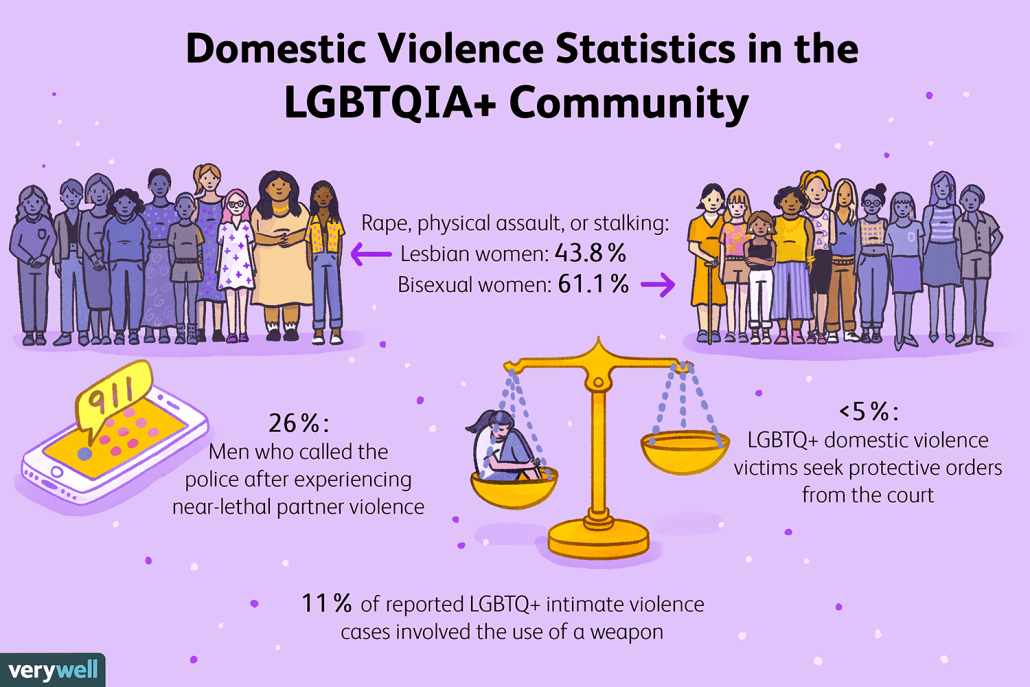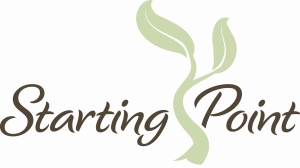Staying Safe
What To Look For
Domestic violence is not limited to heterosexual relationships and can affect individuals of all sexual orientations and genders. Within the LGBTQ+ community, intimate partner violence occurs at a rate equal to or even higher than that of the heterosexual community.
LGBTQ+ individuals may experience unique forms of intimate partner violence as well as distinctive barriers to seeking help due to fear of discrimination or bias.
Although the response to LGBTQ+ victims of domestic violence is gradually improving, the LGBTQ+ community if often met with ineffective and victimizing legal responses. Forty-five percent of victims do not report the violence they experience to police because they believe it will not help them.
Further more, members of the LGBTQ+ community may be denied assistance and domestic violence services as a result of homophobia, transphobia, and biphobia.
There are several aspects of intimate partner violence which can be unique to the LGBTQ+ community.
“Outing” or threatening to reveal one partner’s sexual orientation/gender identity may be used as a tool of abuse in violent relationships and may also be a barrier which reduces the likelihood of help-seeking for the abuse.
Prior experiences of physical or psychological trauma, such as bullying and hate crime, may make LGBTQ+ victims of domestic violence less likely to see help.

U.S. law defines human trafficking as the use of force, fraud, or coercion to compel a person into commercial sex acts or labor or services against his or her will.
text
text
24 Hour Crisis Line
Live Chat
Contact
Conway Office:
603.447.2494
PO Box 1972
Conway, NH 03818
All services are offered free of charge and are strictly confidential.
